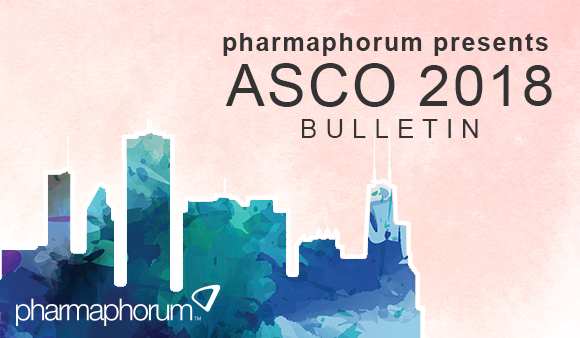The pharmaphorum ASCO 2018 daily bulletin

The largest event in the annual oncology calendar, ASCO promises to deliver the cutting edge of industry progression in the fight against cancer. Topics likely to feature in the coverage include: CAR-T, combination-therapies, small molecules and a focus on key tumor types including developments in lung cancer.



